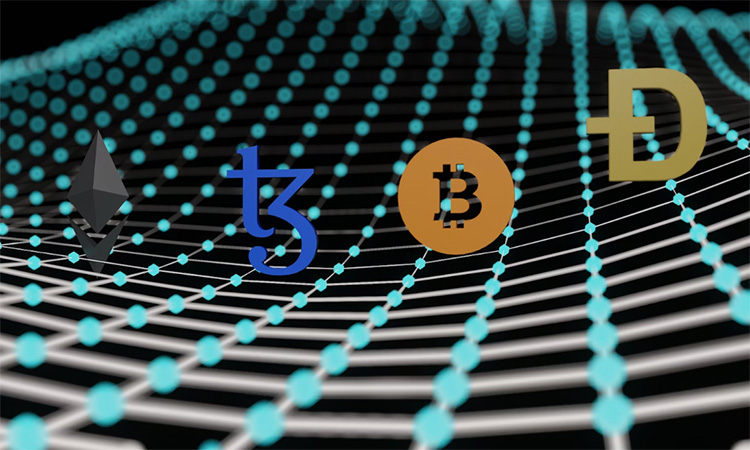
In the world of blockchain development, transaction simulation plays a crucial role in ensuring the efficiency and reliability of the system. By simulating blockchain transactions, developers can assess the behavior, performance, and scalability of their applications before deploying them on the live network. This article explores the purpose of transaction simulation and its benefits in blockchain development.
Simulating Realistic Transaction Patterns and Volumes
One of the primary reasons for conducting transaction simulation is to generate realistic transaction patterns and volumes. Blockchain networks are expected to handle a significant number of transactions, and simulating these patterns can help developers identify and resolve any potential bottlenecks in the system. By simulating real-world scenarios, developers can ensure that their applications can handle the expected transaction load without compromising on performance.
Simulating transaction patterns also allows developers to test the resilience of their applications. By creating different types of transactions, such as simple transfers, smart contract interactions, or data storage operations, developers can evaluate how the system responds to various scenarios. This enables them to optimize the transaction flow, identify any vulnerabilities, and make necessary improvements to enhance the overall user experience.
Assessing System Performance and Scalability
Transaction simulation is a valuable tool for assessing the performance and scalability of a blockchain system. By simulating a large number of transactions, developers can measure the system’s throughput, latency, and overall efficiency. This helps identify any potential bottlenecks or limitations that may arise when the network is under heavy load.
Furthermore, transaction simulation allows developers to test the scalability of their applications. By gradually increasing the transaction volume, developers can evaluate how the system responds and whether it can handle increased traffic without compromising on performance. This is crucial, especially in public blockchain networks where a large number of users are expected to interact with the system simultaneously.
Testing Transaction Throughput: Assessing System Performance and Scalability
Transaction throughput is a critical aspect of any blockchain system. It refers to the number of transactions that can be processed within a given time frame. Transaction simulation provides developers with the ability to test and assess the transaction throughput of their applications.
Measuring Transaction Throughput
To measure transaction throughput, developers use transaction simulation tools that can generate a large number of transactions and record the time it takes for each transaction to be processed. By analyzing this data, developers can calculate the average transaction throughput and identify any performance issues that may arise.
Transaction throughput testing is particularly important in blockchain systems where speed and efficiency are essential. By simulating various transaction volumes, developers can determine the optimal configuration for their applications and make necessary adjustments to improve the transaction processing speed.
Evaluating System Scalability
In addition to measuring transaction throughput, transaction simulation also allows developers to evaluate the scalability of their systems. Scalability refers to the ability of a blockchain network to handle an increasing number of transactions or users without compromising on performance.
By simulating a large number of transactions, developers can assess how the system scales as the transaction volume increases. This helps them identify any limitations or bottlenecks that may hinder the system’s scalability. Based on the simulation results, developers can make informed decisions on system architecture, network configuration, or software optimizations to ensure the system can handle future growth.
Transaction simulation tools provide developers with the necessary capabilities to accurately simulate blockchain transactions and evaluate the performance of their applications. By using these tools, developers can ensure the reliability, efficiency, and scalability of their blockchain systems.
In conclusion, transaction simulation plays a vital role in blockchain development. It allows developers to generate realistic transaction patterns, assess system performance and scalability, and test transaction throughput. By using transaction simulation tools, developers can optimize their applications for efficient transaction processing and enhance the overall user experience. Whether it is testing a decentralized application or evaluating the performance of a blockchain network, transaction simulation is a valuable tool for blockchain developers.

Leave a Reply